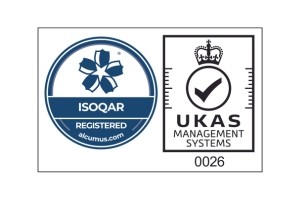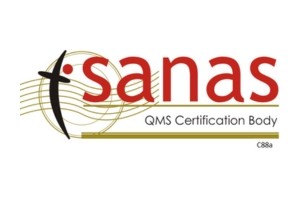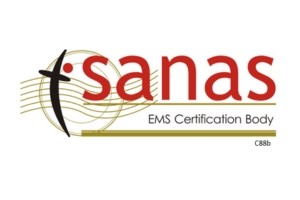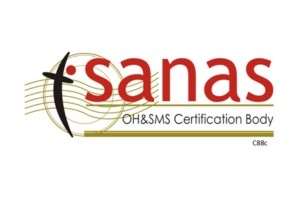How to evaluate supplier performance according to ISO 9001:2015
Supplier evaluation is ruled in the new ISO 9001:2015, under clause 8.4 – “Externally Provided Processes, Products and Services”. Although a general process is being described, no specification or criteria are given to rule the evaluation itself. Small companies can use a standard form and classification while companies with a large number of suppliers will often use a more complex system, demanding a lot of time to process all their suppliers evaluations.

Here is what you need to know to keep your evaluation process easy and efficient as possible.
Suppliers selection:
which suppliers are critical for the production process?
The ISO 9001:2015 standard requires that all decisive suppliers should be evaluate.
To do so, your first step will be to classify and select your suppliers depending on their weight in your production chain and for your company. To help you find out who your critical partners are, you can use an info-graphic profiling the 4 different types of suppliers.
To have an efficient process, you will also need to have a clear internal task distribution and determine who or which department will be in charge of the evaluation and how often it should be done. As a hint, evaluations are executed on a yearly basis by the purchasing and quality management departments.
The 4 different types of suppliers:
#1 Basic Supplier:
- Relationship: Product or service as commodity
- Capability: Meet deal requirements
- Information Sharing: limited
- Pricing: Commit to competitive pricing
- Risk Sharing: Minimal – based on contract
- Planning horizon: Current deal
#2 Value added Supplier:
- Relationship: Impacts operational efficiency
- Capability: Offers improvement suggestions
- Information Sharing: limited – Tactical
- Pricing: Contract with fixed terms & options to extend / Audit possible
- Risk Sharing: Modest – allow incentives & penalties
- Planning horizon: Ongoing, near-term
#3 Preferred Supplier:
- Relationship: Process expertise valued
- Capability: Commit to cost improvement / E-procurement
- Information Sharing: 2-way controlled dialogue
- Pricing: Multi-year options with price guarantees / Audit possible
- Risk Sharing: Moderate – significant incentives
- Planning horizon: Joint planning with end-point
#4 Strategic Supplier:
- Relationship: Unique advantage through expertise valued
- Capability: Ability to assist with market changes & demands
- Information Sharing: Direct linkage access to parts of company database
- Pricing: Most favored customer commitment shares pricing model to establish profit margin
- Risk Sharing: Compensation tied to buying firm’s success / makes joint investments
- Planning horizon: No end point, joint strategic planning
Defining evaluation criteria: which criteria are fundamental and decisive for the supply?
The parameters for the evaluation should represent the ability of the supplier to deliver products or services that meet the requirements:
- Quality of goods or services
- Credibility and reliability of delivery
- Quantities
- Commitment to prices
- Maintaining conditions such as ISO (ISO 9001, ISO 14001, ISO 45001)
- Parameters like willingness to solve quality problems or the ability to train personnel
- Performance
- Service
- Innovation potential
- Delivery
- Reliability
- Risk potential
- Complaints rate
- Price
These parameters will constitute the criteria for the evaluation. The criteria will situate the supplier or subcontractor with regard to their performance. The controls that are applied to the external providers must deliver results and indicate whether a supplier or a subcontractor met its requirements while participating in the realization of the product.

The evaluation shall cover the following parameters related to the relationship with the external provider:
- Evaluation of realization processes
- Evaluation of quality processes
- Evaluation of delivered products or services
- Review of risks related to the supplier or subcontractor
Evaluation: Why?
ISO 9001:2015 does not prescribe why you should evaluate and assess your suppliers, but there are several common sense reasons why you should.
In the first place, when an organization takes on a supplier to provide a new product or service, there are some basic finance, resource, and suitability checks that most organizations would want to do. In the case of your evaluation of existing suppliers, why is this a good idea?
Cost: one of the primary drivers for assessing any supply chain. A supplier who knows it is under assessment will often be inspired to improve its price to ensure it remains in pole position.
Compliance: if your supplier is not compliant, then the knowledge that assessment is underway may provide the impetus to become compliant, whether it is ISO 9001, ISO 14001 or ISO 45001 or whatever compliance your organization expects. The end result is a better service for your organization.
Financial stability: this is a vital check. Should a supplier hit financial difficulties and go under midstream, then your organization has a problem. Constant financial checks are a way of mitigating this risk.
Quality and lead time: another two major performance indicators that suppliers can be encouraged to improve on when knowing constant assessment takes place. The result is good for you and your end users alike.
Mutually beneficial relationships: working with a supplier under these circumstances can lead to a sharing of knowledge and increase in understanding in terms of requirements. This can help to improve the level of service delivered to your organization. So, the benefits are plain to see, and surely most organizations would want to accrue the positives described above. So, how do we manage this process?
Supplier Evaluation:
A good outcome
So, assessing supplier performance not only satisfies an ISO 9001:2015 requirement, but also brings real benefits for your business and improvements in cost, quality, and delivery in your supply chain. In fact, it is easy to see how the assessment and evaluation of your supply chain can also tie into the new “risk-based thinking” aspect of the 9001:2015 standard, given that supplier assessment, performed correctly, ensures that you are mitigating risk of non-conformance within that chain.

Perfectly implemented, your organization may find that decreased costs, increased compliance, better quality, shorter delivery time, and improved relationships are all tangible benefits of effective supplier management. In these competitive times, who wouldn’t want that?
Join our mailing list to receive upcoming posts: http://www.isoqar.co.za/





